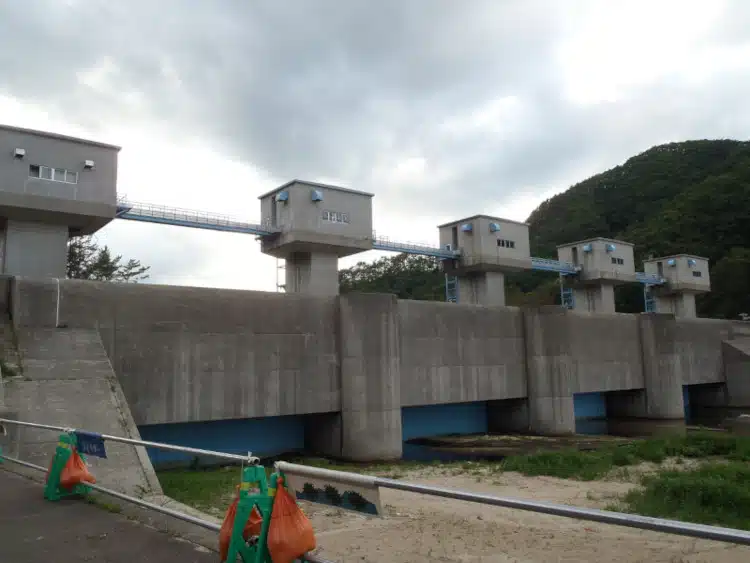
Photo: Sed via Wikimedia Commons (CC BY-SA 3.0)
Fudai is a 2,600-person village in northeastern Japan. Like many similar towns, it relies on fishing and agriculture. But despite its unassuming appearance, Fudai made international headlines following the devastating 2011 earthquake and tsunami that hit Japan. The town was pretty much left unscathed, and it was all thanks to one man—Kotoku Wamura, who died several years before the tragedy.
Wamura was the mayor of Fudai from 1945 to 1987. Witnessing the reconstruction following WWII, he was also keenly aware of the perennial threat natural disasters posed to the area. The determined man had already experienced two tsunamis in 1896 and 1933, which killed 439 people.
“When I saw bodies being dug up from the piles of earth, I did not know what to say. I had no words,” Wamura wrote about the latter tsunami in his book A 40-Year Fight Against Poverty. It is believed Wamura also had knowledge about local “Tsunami stones” and knew the kind of damage his village would face should a big wave hit the town again.
The devoted mayor swore to never let it happen again. In 1967, his government built a 51-foot seawall to shield homes behind the fishing port. The height raised some eyebrows, but real skepticism hit when he pitched an even bigger project. His idea? A floodgate, as tall as the seawall, for the cove where most people lived. It would be fitted with panels that could be lifted to allow the Fudai River to empty into the cove and lowered to block tsunamis.
The construction took place from 1972 to 1984—three years before he left office. It had a cost of ¥3.56 billion, split between the prefectural government and the central government. The project was seen as a whim of the mayor; not that people were opposed to floodgates but the size made it feel extravagant. That was until March 11, 2011, when a 9.0 earthquake unleashed 66-foot-tall waves on Fudai.
While some ocean water did flow over, the tsunami caused minimal damage to the homes behind the seawall. “It cost a lot of money. But without it, Fudai would have disappeared,” fisherman Satoshi Kaneko told NBC News at the time. The town’s only casualty was a fisherman who went beyond the barrier to check on his boat after the earthquake.
Wamura died in 1998, so he wasn’t around to see how his beloved town had been spared thanks to his determination. However, the aftermath of the tsunami prompted people to visit his grave to pay their respects. Local coach Sachio Kamimukai said, “It was just always something that was there, but I’m very thankful now.”
Former Japanese Mayor Kotoku Wamura was mocked for spending billions on building a floodgate, but years after his death, it saved countless lives from a devastating tsunami.
h/t: [CBS News]
Related Articles:
Japanese Man Who Lost His Wife in 2011 Tsunami Learned to Dive to Look for Her in the Ocean
Japan’s “Tsunami Stones” Have Been Warning Residents of the Dangers of Earthquakes for Centuries
How One Japanese Company Has Survived For 1,400 Years
Ambitious Floating City Concept Designed to Adapt to Climate Crisis
